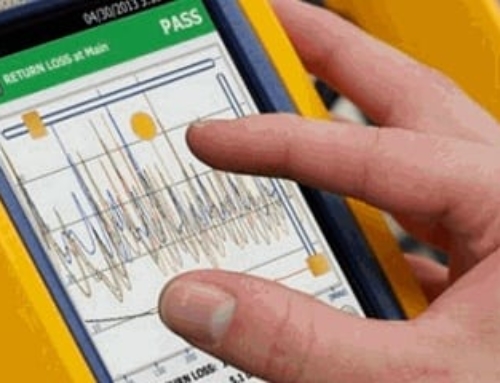Your network speed is directly affected by its cabling infrastructure, and as technology continues to advance, you’ll need a cabling solution that will stand the test of time. Most cabling infrastructure typically lasts for up to 10 years, so it’s essential to select a type that will work for you long-term. Don’t choose your cabling infrastructure based on your current business model alone; consider your future needs and rate of growth, too.
Copper Data Cables
Higher category cabling provides more reliability and fewer errors, but not all operations require the maximum cabling option available. Read on to learn more about specific data cable options:
Category 5
Category 5e
Category 6
Category 6a
Category 7
Cat7 implements fully shielded twisted wires, called Screen Shielded Twisted Pair (SSTP) or Screened Foiled Twisted Pair (SFTP) wiring, resulting in higher performance levels. With 600 MHz bandwidth, Cat7 allows for high-speed network data transfers and can handle mass amounts of information transfers. Category 7 cabling is a great investment, as it has an estimated lifespan of 15 years, as opposed to the average 10-year lifecycle of previous cable options.
Fiber Optic Cables
Bandwidth limitations are changing with the increased need for video streaming and other forms of online communication. If Cat6 and Cat6a aren’t offering the bandwidth your company needs, fiber optic cabling is an extremely efficient alternative with the capability to run across long distances. Optical fiber cables use hair-line filaments made of molten silica glass instead of traditional copper wiring so that this technology won’t be out of date for a very long time. Fiber optic cables transmit signals using light rather than electricity, making it the fastest option for information transfers.
Your Low-Voltage Cabling Needs, Solved
With all the cabling solutions out there, it can be difficult to assess which one is the best fit for your infrastructure. By partnering with professional power experts like PowerIT, you can ensure you’re making an informed decision that will last for years to come. Contact us today to get started on your free assessment.




Leave A Comment